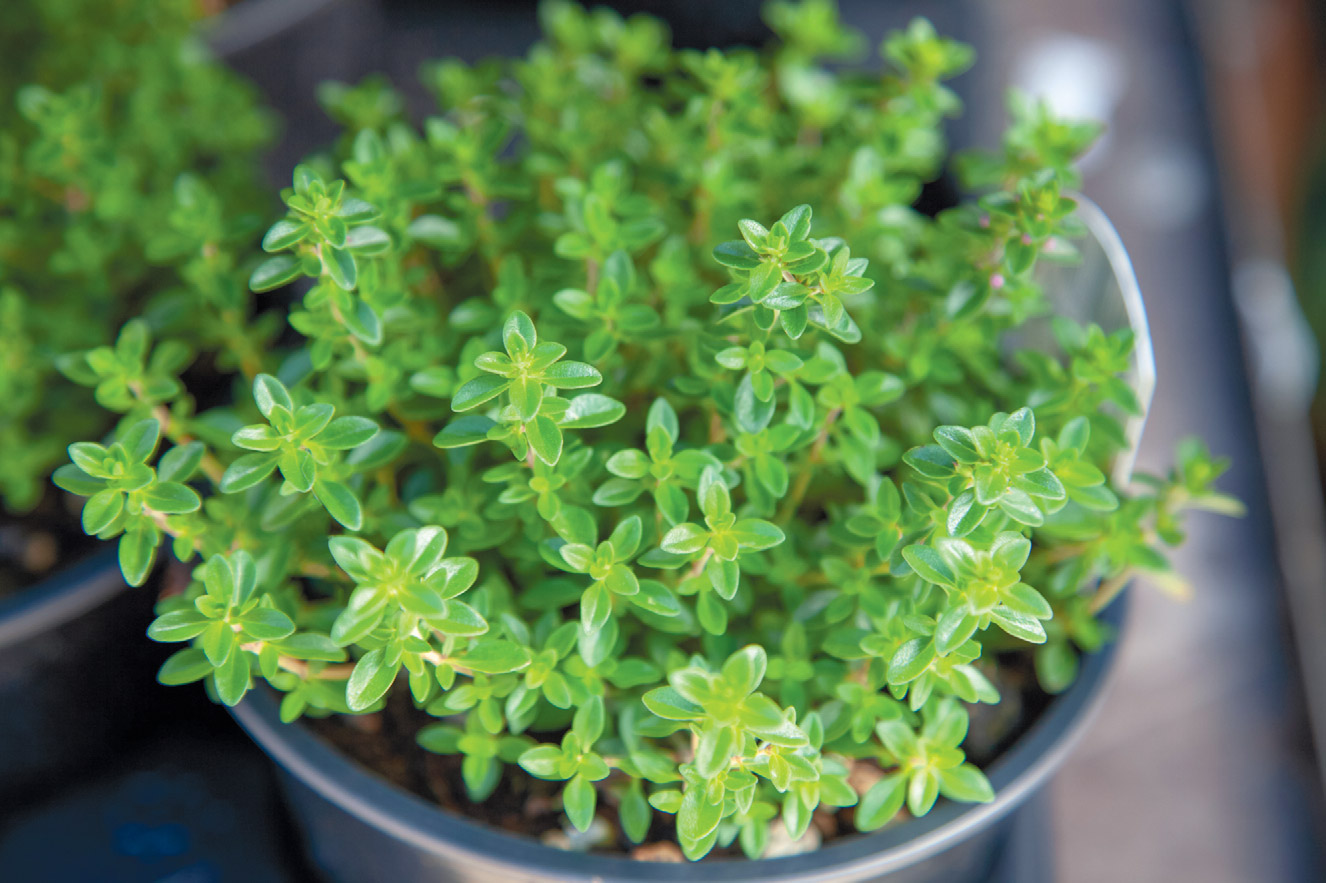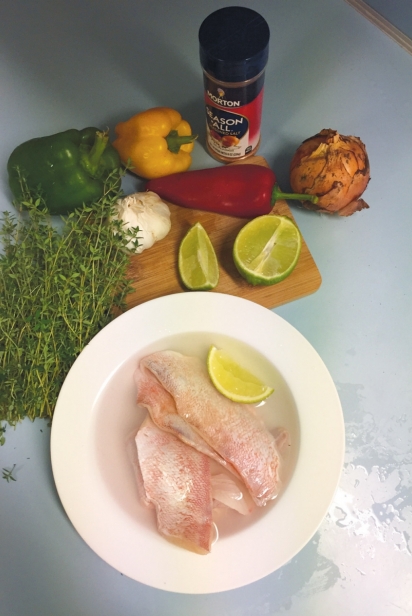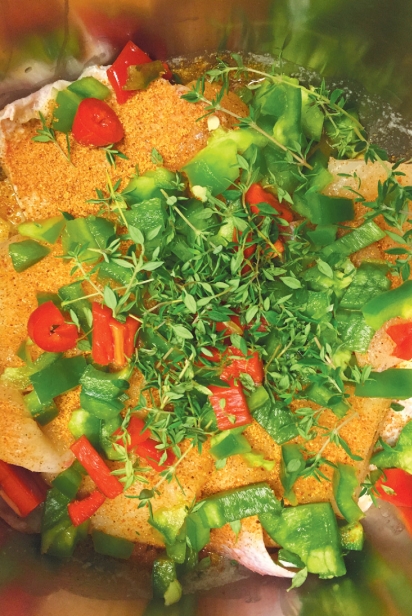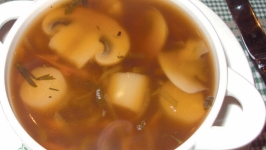The Passage of Thyme
There are many varieties of thyme (Thymus vulgaris), most used as landscape ornamentals, but two are best known for their culinary value: English Thyme (also known as common or winter thyme) and French Thyme; both have similar flavor but with notable differences. English Thyme is arguably the most favored variety of the herb, perhaps its hardiness being a factor. In any case, cooks who use thyme regularly claim that it gives the dishes a special touch that can’t be achieved with any other herb.
Thyme belongs to the Lamiaceae (mint) family and is related to oregano. It has its origins in the Mediterranean on dry, rocky and sandy soils.
Overwintering thyme here in New England, with our long, wet and cold winter soils can be a bit tricky, but using the right variety and placing it in the proper location will bring it through even the worst winter successfully. It’s one herb that you can pick from your garden all winter long.
Thyme should be planted on a south-facing sandy or rocky slope ideally protected from north winds. Oyster or clam shells make an excellent free-draining, limey mulch. A slightly alkaline soil with a pH of 7.0 is best, and by mulching with seashells no lime or bone meal is required to amend our acid soils. Shells contain calcium carbonate, the key ingredient in garden lime.
You can grow an abundance of thyme by planting it from seed started in late January. The seeds are very tiny and need not be covered, but rather lightly pressed into the soil and kept slightly moist. They need light and a few weeks to germinate so a bright window sill or propagation table with temperatures around 50 to 70 degrees is perfect. It’s very slow growing, but by May they’ll be ready for the garden and you’ll be harvesting abundant quantities of thyme by midsummer, easy to then dry and store for winter roasts.
Thyme is a woody evergreen subshrub and needs to be rounded up and trimmed back frequently during the growing season to keep it healthy and able to withstand our winters. As soon as it starts to put on multi-branched, leafy growth, begin trimming it lightly, which is essential in keeping it full and bushy. Always trim it before it flowers to keep it perfect for culinary use, fresh or dried. And make sure it is rounded up and trimmed tightly a month before fall weather sets in.
In late spring, as it begins to put on lush growth and garden mint is fresh and growing strong, my 90-year-old neighbor asked for me to make a thyme and mint spring tonic. I filled a teapot tightly with the two and poured hot water, just off the boil, over the top, adding sugar and letting it steep for no more than five minutes. It’s a strong tea but he claimed it was a great cure for gout and wonderful for the circulation as well as clearing the lungs and according to modern science, he’s not far off in his claim.
Thyme is a coveted ingredient in many recipes around the world. It is grown in some surprising places, and one of my favorite recipes, which has the key ingredients of fish and thyme, is from one of these unlikely places: the Leeward Islands of the West Indies on the island of Antigua. Thyme was carried from England on long sea passages aboard ships around the world and eventually made it to former British colonies like Antigua, spreading throughout the islands where it has become a staple herb in island recipes.











